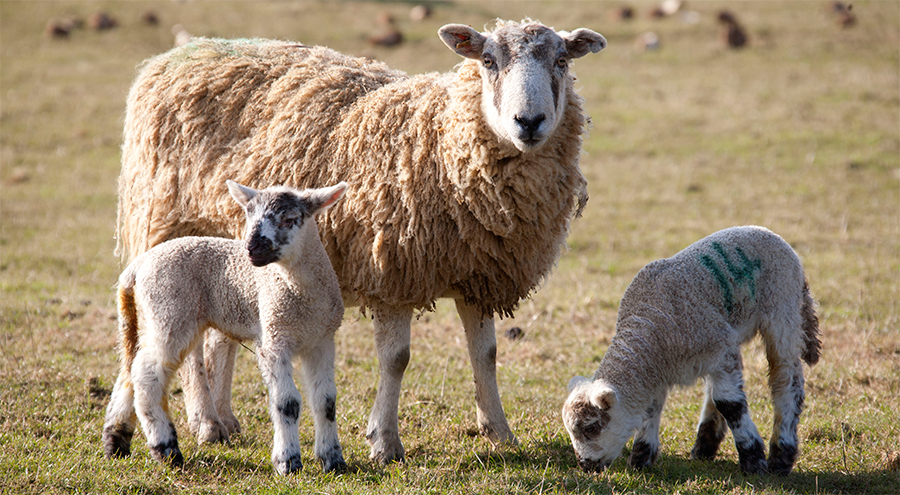
Sheep producers are being urged to realise full value for the 2015 lamb crop by making sure valuable new season finishing lambs are vaccinated against pasteurellosis and the main clostridial diseases.
“The lambing season has been kind to many sheep producers this year thanks to the dry and warm spring weather, but with lamb prices tracking lower than they were this time last year losing any lambs to easily preventable diseases this summer makes no sense at all,” says MSD Animal Health (known as Merck Animal Health in the US and Canada) technical manager John Atkinson MRCVS.
“Pasteurellosis continues to be a significant cause of death in unvaccinated lambs. Respiratory signs such as snotty noses may be seen, but sudden death is often the first sign of a problem for many sheep farmers. Whilst sudden death can have a variety of causes, many outbreaks are caused by pasteurellosis or clostridial disease. Pasteurella are a group of bacteria, with Mannheimia haemolytica and Bibersteinia trehalosi being the most important types to cause disease in sheep. Several deaths over a short period of time should certainly be investigated by your vet, but sporadic deaths – for example, one a week – should not be ignored either because they soon add up.”
He warns that the colostrum lambs receive from the ewe shortly after birth only gives them protection for a limited time against pasteurellosis and the clostridial diseases like pulpy kidney and lamb dysentery.
“Lambs that receive a good intake of colostrum only have antibodies against pasteurella for up to four weeks and clostridia for up to 12 weeks. This means that some early season lambs may already be unprotected and if we get a sudden change in the weather many will be at real risk from these prevalent disease threats unless they are vaccinated themselves.”
John Atkinson recommends vaccinating finishing lambs, pointing out that the cost of one severe outbreak of pasteurellosis equates to many years of vaccine use for the average flock.
“The vaccine can be used from three weeks of age and the primary course involves two vaccinations 4-6 weeks apart.”
